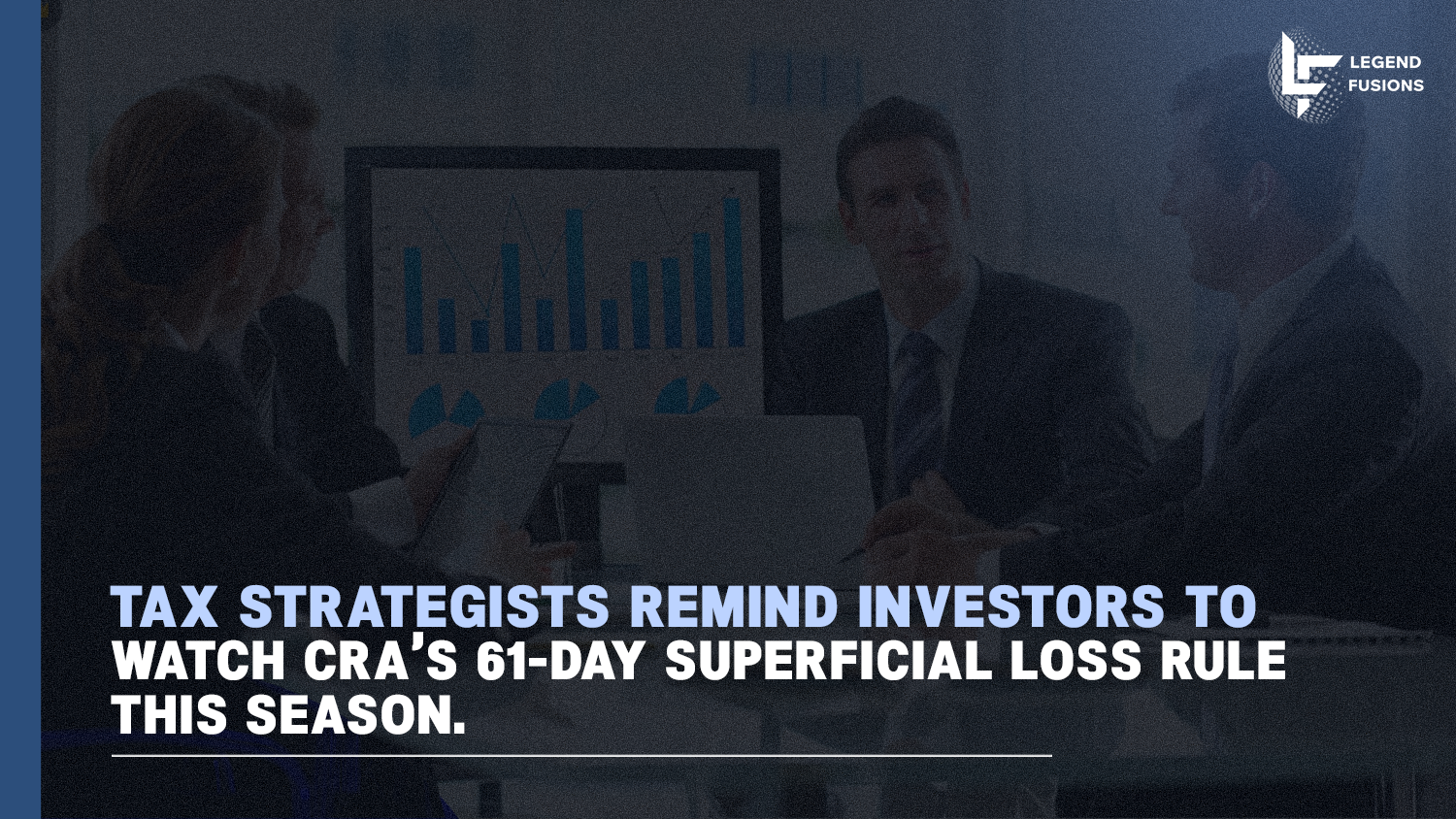Recent market volatility means many Canadian investors are holding investments at a loss in their taxable investment accounts. These “paper losses” present a significant opportunity: you can use them to offset capital gains and slash your tax bill. This strategy is called tax-loss selling.
Tax experts stress that October is the critical month to begin this year-end planning, as the final trading deadline is December 30, 2025. You must act early to avoid the Canada Revenue Agency’s (CRA) Superficial Loss Rule, which prohibits buying back the sold asset within 30 days.

Understanding Tax-Loss Selling
Think of tax-loss selling as turning a market loss into a tax advantage. The strategy is simple: you sell an investment in your taxable account that has dropped below its Adjusted Cost Base (ACB), which is essentially your total cost for that asset.
By selling, you “realize” a capital loss. This loss is highly valuable because you can use it to directly cancel or “offset” the capital gains you made from selling profitable investments this year. Because the CRA only taxes 50% of your net capital gains, this reduction results in significant tax savings (see CRA: Definitions for Capital Gains).
Example of the Tax Benefit
Tax-loss selling helps you reduce your taxable income directly. Here is how the numbers work when you realize a $5,000 profit and a $3,000 loss:
Loading..........
The Data is Not Available
In this scenario, you use the $3,000 loss to offset the $5,000 gain. Instead of being taxed on the original $5,000 gain, you are only taxed on the net capital gain of $2,000. This strategy effectively reduces the portion of your income that is subject to capital gains tax.
The Golden Rule: How to Avoid the "Superficial Loss" Trap
Why October is the Smart Time to Act
Your Year-End Action Plan
Tax-loss selling is a powerful strategy. It requires precise planning and timely execution. The year-end deadline is quickly approaching. You must review your portfolio now. This ensures the tactic aligns perfectly with your long-term financial goals. For every loss you plan to claim, ensure you execute the sale by the final date. Do not wait for the final week of December. Use the current window for better price execution.
Don’t risk costly mistakes with complex CRA rules; we execute the strategy flawlessly on your behalf. Legend Fusions is your trusted partner, converting market downturns into maximized, compliant tax relief that fortifies your future. Book a free consultation today.

Jeffrey Ross
Jeffrey Ross is an experienced tax accountant focused on US-Canada cross-border taxation, with over three years in the industry, including a key role as client manager at a Canadian tax firm. He provides expertise in corporate and personal tax planning, specializing in non-resident tax, capital gains, CRA and IRS compliance, and retirement planning. Known for his personalized approach, Jeffrey is dedicated to guiding clients with clear, practical advice tailored to complex tax scenarios, aligned with the evolving tax laws.

